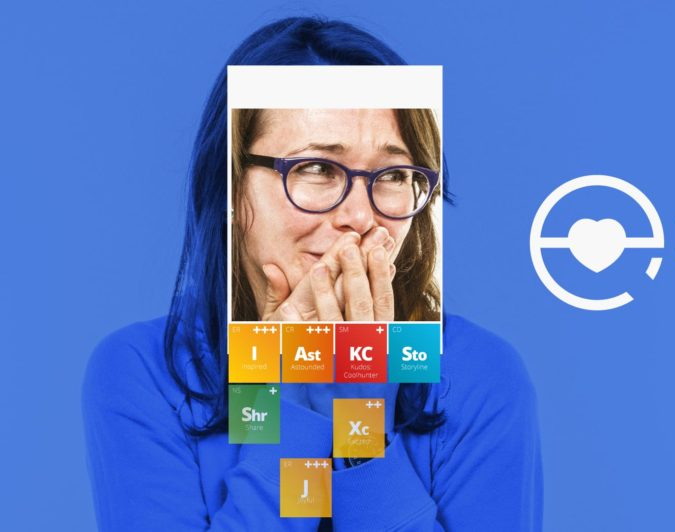It is one of the most horrible things ever, when a scene of your favourite TV-series just ended with a cliffhanger and the commercial break starts. Usually, I ignore the commercials by focusing on other things instead. I find most of them annoying anyway, one of the most important reasons why I do not watch TV that often. However, very occasionally, a commercial grabs my attention because it either seems to show exactly what I feel at that very moment, or brightens up my mood. Unfortunately, as soon as that small masterpiece gets replaced by an annoying commercial of the lottery and I decide to go get some food, I can feel that tiny bit of engagement already fade away. However, it does make me wonder: How can advertisers engage me and other viewers into their commercials, making the break between the cliffhanger and the answer less dreadful?
Unruly discovered earlier this year that advertisers were failing to make people laugh, with hilarity being one of the least common emotions in advertisements worldwide. The best advertisements deliver emotional responses, as proven in several academic and industry studies. For example, a recent study of Nielson Customer Neuroscience shows that advertisements with above average emotional ads score (EEG score) results in 23% higher sales volume. It also found that emotionally engaged campaigns increase brand favourability by 74% and purchase intent by 80%. In reaction to this, Unruly created a new content testing tool that helps advertisers to create an emotional connection with customers, called ‘Unruly EQ’.It combines biometric, neurological, emotional and audio testing methods to evaluate, improve and predict the emotional impact and brand effectiveness of video advertisements. Moreover, it brings together brainwave analysis, facial recognition and music data analysis. This way, advertisers can be in sync with the mood of their viewers and increase viewer engagement. In addition, Unruly launched a series of emotional-oriented private marketplaces (PMPs) that offer video advertisements characterised by a given emotional response, such as Hilarity, Pride and Surprise.
According to Devra Prywes, VP of Marketing and Insights of Unruly, no other company is doing exactly what Unruly is doing, by providing such a “holistic” solution as EQ and the Emotional PMPs. However, it might not be such a bad idea to do so. It might even make me hate the brands advertised in the commercials a bit less. However, let’s not get ahead of ourselves: that might only be possible in an ideal world.
https://unruly.co/news/



